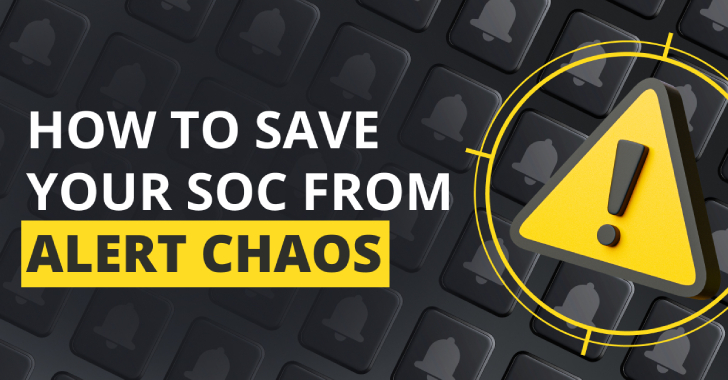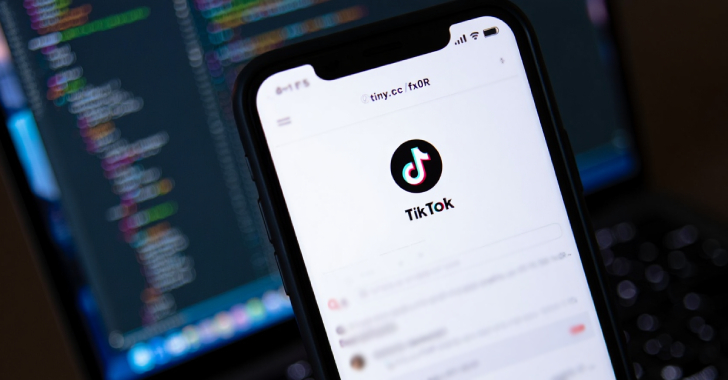
How SOX Compliance Can Safeguard Your Company's Future
In an era defined by digital transformation, businesses must navigate a complex landscape of regulations and standards to ensure their data and financial integrity. One such regulation that plays a pivotal role in this scenario is the Sarbanes-Oxley Act (SOX). Though often seen as a financial regulation, SOX compliance extends far beyond the realm of accounting. It can be a powerful ally in safeguarding your company’s security.
Understanding SOX Compliance
The Sarbanes-Oxley Act, commonly known as SOX, was enacted in the aftermath of corporate scandals like Enron and WorldCom in the early 2000s. Its primary objective was to restore investor confidence by enhancing the accuracy and reliability of financial disclosures in public companies. While the financial aspect is what usually grabs the headlines, SOX compliance has a profound impact on the security landscape of an organization as well.
SOX is comprised of several sections, with Sections 302 and 404 being particularly pertinent to cybersecurity. Section 302 mandates that company executives certify the accuracy of financial reports and the effectiveness of internal controls, emphasizing the importance of accountability. Meanwhile, Section 404 requires companies to assess and report on the effectiveness of internal control over financial reporting (ICFR).
The Intersection of Financial Integrity and Cybersecurity
At first glance, SOX compliance may seem unrelated to cybersecurity. However, the interconnectedness of these two domains becomes apparent when we consider that the integrity of financial data heavily relies on the security of the systems and processes that handle it.
- Data Security: Protecting financial data is at the core of SOX compliance. To meet these requirements, companies must implement robust data security measures. Encryption, access controls, and regular security assessments become essential components of an effective SOX compliance strategy. When you secure your financial data, you also secure your business against cyber threats.
- Audit Trails: SOX requires organizations to maintain comprehensive audit trails that track who accessed financial data, what changes were made, and when. This level of transparency not only helps in detecting financial fraud but also assists in identifying security breaches. By keeping meticulous records, a company can swiftly respond to any security incidents.
- Risk Assessment: An integral part of SOX compliance is risk assessment. This involves identifying potential risks to the accuracy of financial reporting and taking measures to mitigate them. In today’s digital landscape, cybersecurity risks are among the most significant threats to financial data integrity. SOX compliance thus compels businesses to proactively address cybersecurity vulnerabilities.
- Internal Controls: Section 404 of SOX mandates that companies establish and maintain effective internal controls. In the context of cybersecurity, this means ensuring that access to financial systems and data is restricted to authorized personnel. Implementing strong internal controls reduces the risk of unauthorized access and data breaches.
The SOX Compliance Framework and Cybersecurity
To fully harness the power of SOX compliance for cybersecurity, companies need to adopt a comprehensive framework that integrates financial integrity and data security. Here’s how the SOX compliance framework can be adapted to enhance cybersecurity:
- Risk Assessment: Begin by identifying the cybersecurity risks that can impact financial data integrity. Assess vulnerabilities in your systems and processes, and prioritize them based on potential financial impact. This proactive approach can help you identify and address security weaknesses before they lead to a breach.
- Access Controls: Implement robust access controls to limit who can access financial systems and data. This includes user authentication, role-based access, and regular access reviews. By ensuring that only authorized personnel can access financial information, you reduce the risk of insider threats and external cyberattacks.
- Data Encryption: Encrypt financial data both in transit and at rest. Encryption adds an extra layer of protection, making it difficult for cybercriminals to steal sensitive information. Ensure that encryption protocols align with industry standards and best practices.
- Regular Audits: Conduct regular audits of your cybersecurity controls. These audits should not only focus on financial systems but also encompass the entire IT infrastructure. By continuously monitoring and assessing your security measures, you can detect and address vulnerabilities in real-time.
- Incident Response: Develop a robust incident response plan that outlines how your organization will respond to security incidents. Ensure that all employees are aware of the plan and know their roles in case of a breach. This proactive approach can minimize the financial and reputational damage associated with cybersecurity incidents.
Real-World Examples
To underscore the real-world impact of SOX compliance on cybersecurity, let’s look at a couple of examples:
- Equifax Data Breach: In 2017, Equifax, one of the three major credit reporting agencies in the United States, suffered a massive data breach that exposed the personal information of nearly 147 million individuals. This breach not only had severe financial implications for Equifax but also raised questions about the company’s compliance with SOX. The breach highlighted the need for stronger cybersecurity controls to protect sensitive financial data.
- Target’s Data Breach: In 2013, retail giant Target experienced a data breach that compromised the credit card information of 40 million customers. The breach was a result of a cyberattack on Target’s payment system, highlighting the interconnectedness of financial data and cybersecurity. In the aftermath of the breach, Target faced both financial and reputational damage, underscoring the importance of robust cybersecurity measures in SOX compliance.
Conclusion
In today’s digital age, where data is the lifeblood of businesses, the intersection of financial integrity and cybersecurity is undeniable. SOX compliance, often associated with financial reporting, has a significant impact on an organization’s security posture. By adopting the principles of SOX compliance and integrating them into your cybersecurity framework, you can proactively protect your company from cyber threats and ensure the integrity of your financial data. In doing so, you not only meet regulatory requirements but also safeguard your company’s future in an increasingly digital and interconnected world.
Contact Cyber Defense Advisors today to learn more about how our SOX Compliance Assessments can help you.





